THE 4 EMMS
Coffee blend
Grinder
Espresso machine
Operator hand
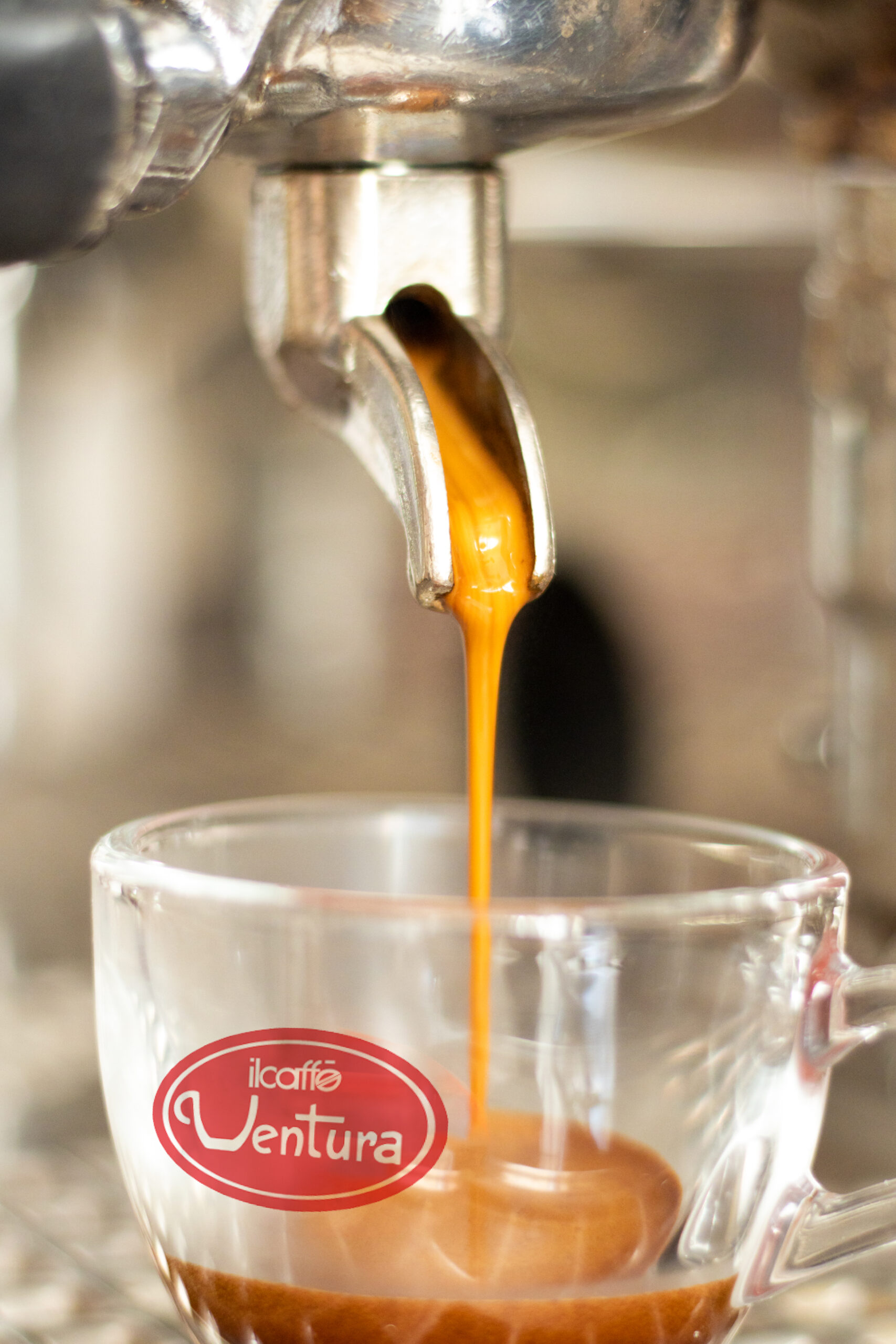
COFFEE BLEND
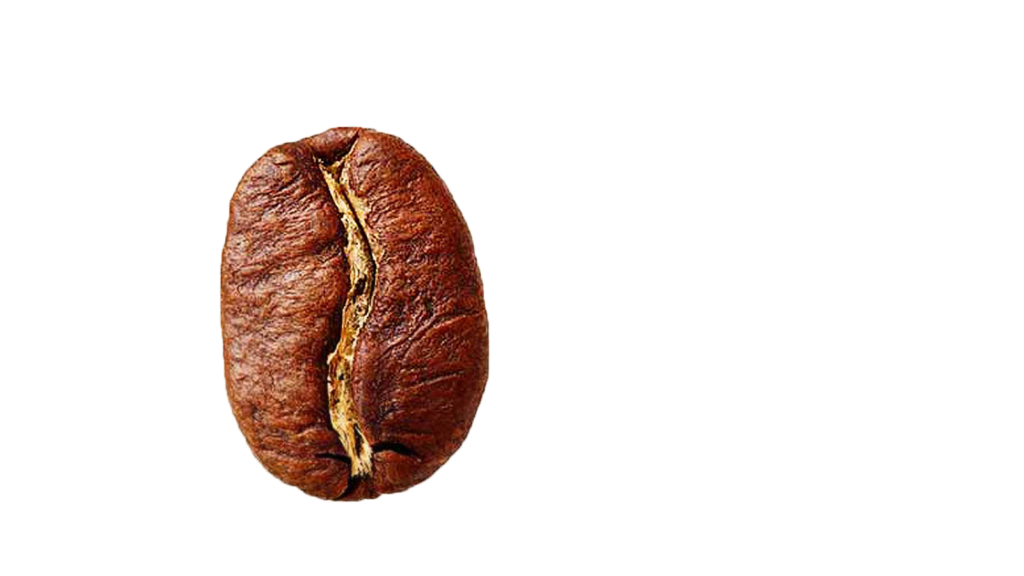
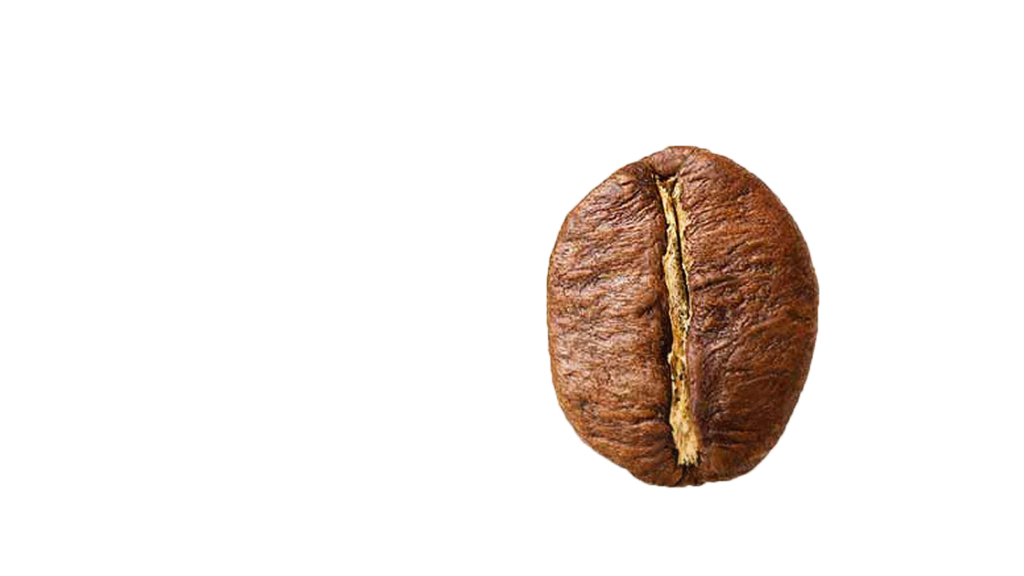
To obtain an espresso with a balanced taste, it is not possible to use just one type of coffee, you need more than one mixed together, according to percentages that consider the organoleptic characteristics of the individual components. However, this need is not felt in the case of drinks prepared in infusion or using gravity percolators, given the low percentage of extraction with these techniques. In the case of espresso, the dose of ground coffee must withstand, as we have seen, extreme extraction conditions; not all coffee qualities react in the same way to these physical agents, just as they do not react in the same way to roasting and grinding. The blend must therefore be expertly made to prevent some peculiar characteristics such as the body, acidity and bitterness are accentuated to the detriment of others. the greater extraction of substances that is obtained with the espresso machine amplifies the taste defect of any immature or fermented beans which unfortunately pollute a large part of green coffee lots nowadays. Furthermore, to make a good espresso only 50 coffee beans are used: if one of these is faulty, its presence is immediately noticed. Not all coffee-consuming populations have the same preferences and habits in terms of tastes. For this reason, depending on the destination of the product, different degrees of roasting are required: in the south of Italy, a long roasting with a predominantly bitter taste is preferred: consequently, a very thorough roasting is required. In the northern part a slight acidity combined with a higher volume of liquid in the cup is more welcome: the degree of toasting must therefore be clearer. How to store roasted coffee?? After roasting, the coffee for espresso machines is normally stored with different systems in containers with a variable capacity between 1 and 3 kg. In an atmospheric environment (paper bag - laminated paper - plastic) where the storage period can be around 10-15 days. In an atmospheric environment with an aroma-saving valve (normal plasticized bag equipped with a non- return valve which serves to release any pressure built up in the bag without allowing atmospheric air to enter) where the conservation period becomes approximately 1 month. In a vacuum-packed environment, where the duration is about 3 months. In an inert gas environment, with so-called pressurisation, at a humidity rate of less than 1%, where it can be stored for 3 years or more.
GRINDER
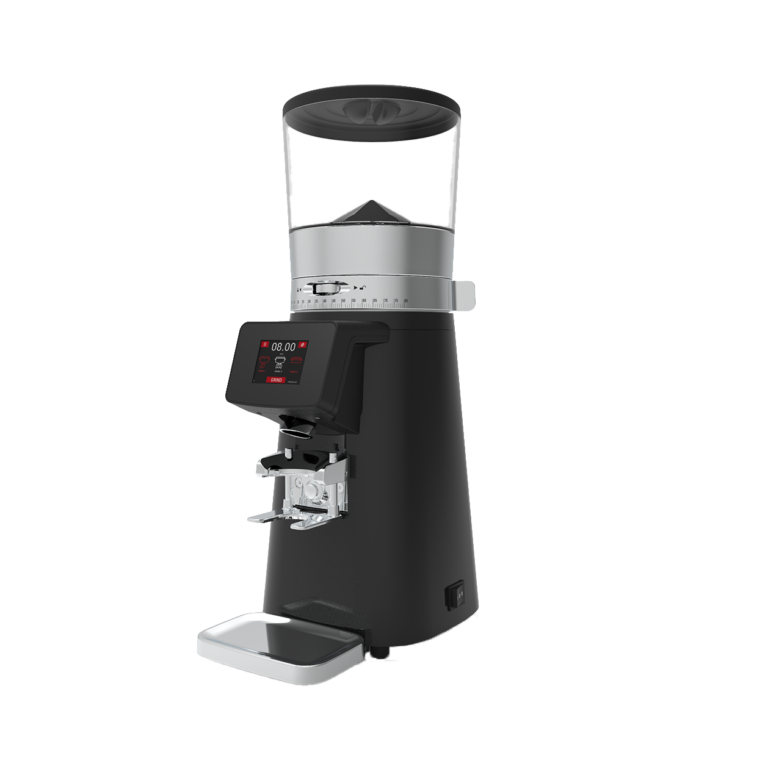
The grinder is an obligatory passage point to get from the roasted coffee to the steaming cup of espresso coffee. Its task is to transform the coffee beans into powder: the powder will in fact offer a greater contact surface with the water, allowing for a higher extraction of soluble and non-soluble substances. By varying the degree of fineness of the ground coffee, it is possible to modify the resistance offered to the passage of water: in this way it will be possible to influence the flow of coffee as it flows into the cup. Interestingly not all are suitable for use in the espresso blend. In fact, to obtain a good espresso, ground particles with diameters that are not the same, but suitably variable from 1 mm to impalpable powder are needed. As already mentioned, at the time of purchase it is advisable for a grinder to have adequate performance for the amount of work in the public establishment where it will be used. For example, it is unthinkable to combine a small flat grinder with 3 or 4 group espresso machines capable of producing over a thousand coffees a day. The choice will therefore be made between models with flat or conical millstones according to the desired production level. tutte sono adatte ad essere utilizzate nella miscela per l’espresso. Infatti per ottenere un buon espresso occorrono particelle di macinato con diametri non uguali, ma opportunamente variabili dal 1 mm fino a polvere impalpabile.Come già detto, all’atto dell’acquisto è opportuno per un macinino con prestazioni adeguate alla mole di lavoro del pubblico esercizio ove verrà utilizzato. E’ impensabile ad esempio abbinare un piccolo macinino a macine piane a macchine espresso a 3 o 4 gruppi capaci di produrre oltre mille caffè al giorno. La scelta andrà quindi operata tra modelli a macine piane o coniche a seconda del livello produttivo desiderato.
CONSTITUENT PARTS
bell
designed to collect the roasted coffee beans.
millstones
two toothed metal discs, placed one against the other at a calibrated distance with the task of grinding the coffee.
dispenser
intended to collect the ground product and, with a volumetric system, to supply the necessary dose for a cup of espresso coffee.
the tamper
It is advisable to have a coarser grind and a more vigorous pressing rather than the other way around: the well-pressed coffee panel limits the migration of the finer ground, which could otherwise form a filter bed on the bottom of the filter capable of retaining above all the colloids . The tamper must have a flat surface and not be convex: in the latter case the panel of pressed coffee would have a variable thickness, and the water would tend to pass where the thickness and resistance are less. As a result, over-extraction will occur at the sides. A good pressing should reach 20/25 Kg. It is also important to press from the top downwards: by operating with the tamper with which the grinder is usually equipped, pressing is performed from the bottom upwards, obtaining a modest result.
ESPRESSO MACHINE
This is the equipment that allows us to obtain the cup of espresso by passing hot water through the
ground coffee at high pressure. The combination of the two variables, temperature and pressure, allows
the extraction from the coffee of soluble substances (sugars and proteins) and also of some insoluble
substances (fats and colloids), the latter responsible for the aromatic characteristic and syrupiness of the
espresso.
The espresso machine as it is today.
Espresso machines have since evolved further. Currently the main boiler serves as a pre-heater;
immersed in the boiler water we find the heat exchanger. The pressure of 9 atmospheres is achieved by
means of a rotary pump which starts up with every request for coffee. The pump compresses cold water
by sending it through the heat exchanger and then onto the coffee dose. During the journey the water
reaches a temperature of 88°-92°C.
These machines are commonly called "continuous dispensing machines".
As it is possible to see, even the technology of the espresso machine has evolved considerably, there is
always one or more components subject to continuous adjustment that the barista must balance for the
final success.
Unfortunately, the increase in the demand for espresso is not supported by staff training: as a result,
efforts have been made to achieve maximum automation to reduce the operator's tasks to a minimum.
With these intentions, the fully automatic espresso machine was placed on the market where all the
operations (grinding, dosing, compression, extraction, cleaning of residues in the filter, etc.) are
programmed in the machine itself, and the barista only has the task of pressing a button (or introduce a
token) to start the cycle.
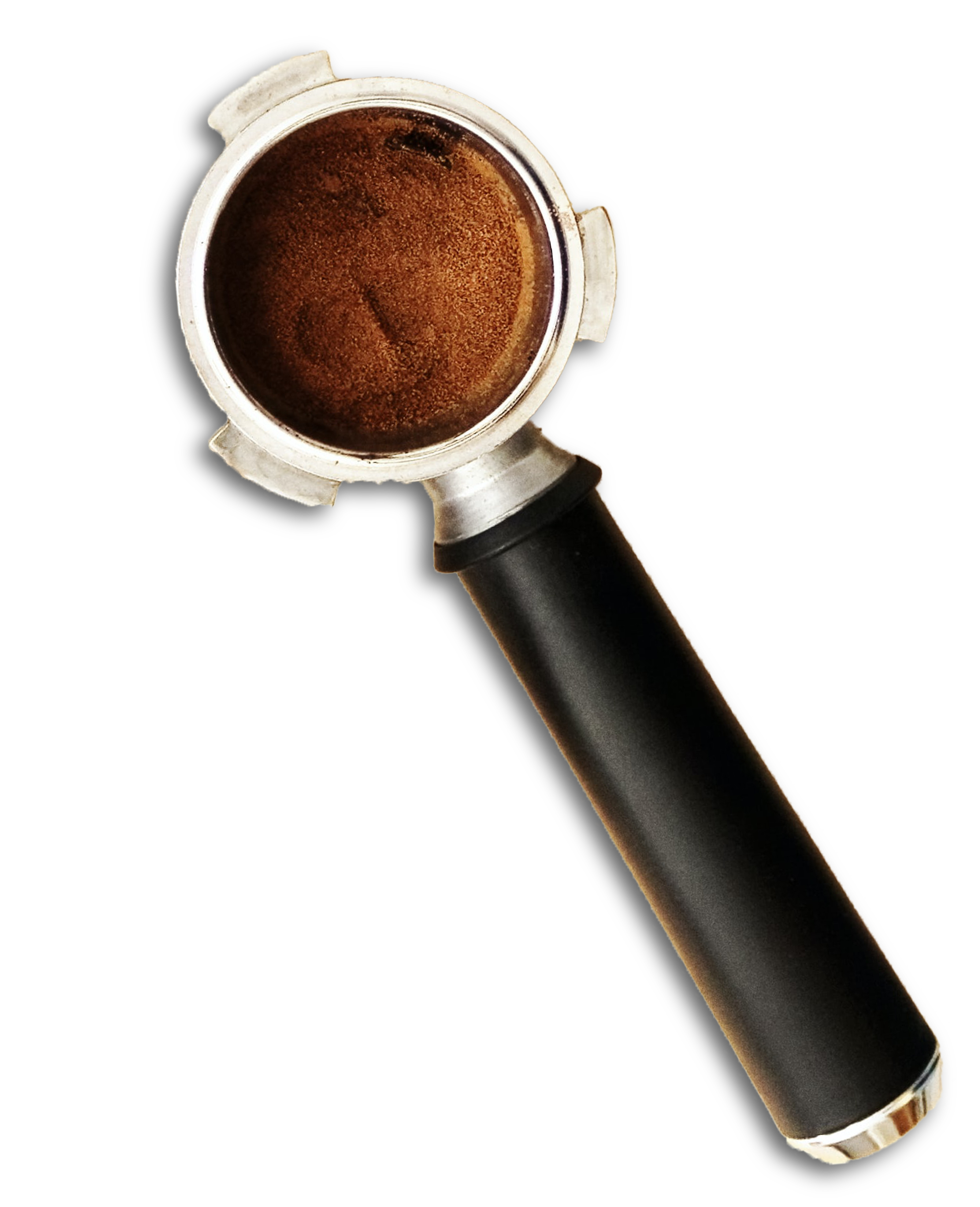
OPERATOR HAND

The hand is another «M» of fundamental importance for obtaining a good espresso.
In this context we attribute a symbolic meaning to the word "hand", as it represents the imagination and
ability of the operator in charge of preparing our drink. With modern espresso machines, the hand is not
as important when preparing the coffee as it is for regulating and keeping the equipment in perfect
working order. Anyone is capable of preparing a cup of coffee with an already adjusted machine. But the
“hand” is needed for adjustment. Unfortunately, sometimes we notice how the skill of the “hand” is limited
by the lack of technical knowledge, and how improvisation and previous bad experiences have the upper
hand over knowledge. But we must not forget that there are actually no specific texts or specialized
institutes where one can learn the art of making a good coffee.
And yet, while a capable hand can remedy, at least in part, the shortcomings of any equipment, even the
best equipment in the world is not able to provide a good coffee if the “hand” is not well trained: therefore
we cannot explain why the barista, or the "Master of Espresso" as we prefer to call him, is gradually put
in the back burner with the consequent loss of love for the espresso cup, a detail so small yet so difficult
to prepare.
It should be emphasized that the task of the operator is instead of fundamental importance. In a bar,
espresso is the product that attracts regular customers and gives personality to the business. In a
restaurant it is the conclusion of a meal, capable only of passing over an excessively salty bill or ruining
the memory of an excellent menu. We therefore hope that the love for one of life's little joys is not
destined to disappear: we will all find ourselves a little less poor.
What is the fourth em to do?
First of all, choose a suitable blend for your customers and the cup you intend to serve. Secondly, unless
you opt for the purchase of a pressurized product, carry out the storage of goods in accordance with your
needs, bearing in mind the rapid aging of the coffee: therefore be careful that the environment is dry and
the temperature at around 15°C.
The other recommendations are:
to check the state of wear of the machines to avoid crushing or lamination of the coffee, with consequent
overheating
and fat surfacing on the surface of the cup, adjust the dose intended for each cup, use the
product according to very specific rules to avoid the dispersion of aromas (for example, never grind large
quantities at once and do not leave the evening ground in stock the next morning or even worse during
the rest of the day). Take
care to clean the edge of the filter before hooking the filter holder to the group
to avoid the formation of coffee encrustations on the gasket, and when taking the ground dose, let the
lever snap back to the starting position to prevent part of the powder from remaining on the walls of the
dispenser.
It will also be very important to check the pressure in the boiler to obtain the correct water temperature
for the coffee and check that the extraction pressure is 9 atmospheres, clean the showers, filters and
filter holders, take care of water purification to avoid deposits of limestone. This operation is carried out
by means of special ion exchange resin purifiers. In these purifiers the calcium and magnesium salts,
responsible for the so-called water hardness, are transformed into completely soluble sodium salts.
Remember that after a certain period of use, resins become saturated with calcium salts and must be
regenerated with salt (sodium chloride). The resins run out every three years and must be replaced
completely. The following table summarizes all the useful information.
Daily check
On the grinder: dose control (between 6 and 7 g per stroke). Check the degree of grinding bearing in
mind the following rule: the desired volume in the
cup must be obtained in 30-35 seconds, provided that the grinders and machines are in perfect working
order.
On the machine:
a) constant mains water arrival pressure.
b) water pressure on the coffee at 9 atmospheres; if the machine is dispensing it will be necessary to
check the pressure gauge of the pump, otherwise the intervention of a technician will be necessary in the
event of an anomaly, as piston machines are not equipped with a pressure gauge.
c) pressure value in the boiler adjusted to give the water a temperature of 88-92°C on the coffee. As an
indication, the pressure of the lever machine should be adjusted to 1.2-1.4 atm. in the hydraulic machine
at 1-1.2 atm. In dispensing machines at 0.7-0.9 atm.
d) cleaning of the filter, filter holder, showers and gaskets. If the machine has continuous delivery, the
blind filter is used, even several times a day (the one without holes supplied by the manufacturer
together with the new machine).
e) external cleaning of the machine and above all of the support surface for the cups, area under the
groups, and of the relative tray.
Weekly check
Weekly check
On the grinder: external and internal cleaning of the bell, external and internal cleaning of the doser to
avoid oscillations on the doses.
On the machine:
a) regeneration of the purifier resin according to the rule: 1 Kg. of salt every approximately 2,000 cups
dispensed.
b) washing of the units with blind filter and continuous dispensing detergent.
Monthly check
On the grinder: state of wear of the grinders, bearing in mind that the flat ones can process no more than
600 kg of coffee before being unusable, while the conical ones even reach 1,200 kg. On the machine:
state of wear of the filters, bearing in mind that the most deteriorated is usually the rounded edge: even
the holes can widen over time.
Sulla macchina: stato di usura dei filtri tenendo presente che la parte maggiormente deteriorata è di
solito il bordo arrotondato: anche i fori con il tempo possono allargarsi.
Annual check
State of wear of the machine and possible overhaul or replacement.
Via Brodolini 18 40053 Valsamoggia (BO) loc. Crespellano
- opening hour